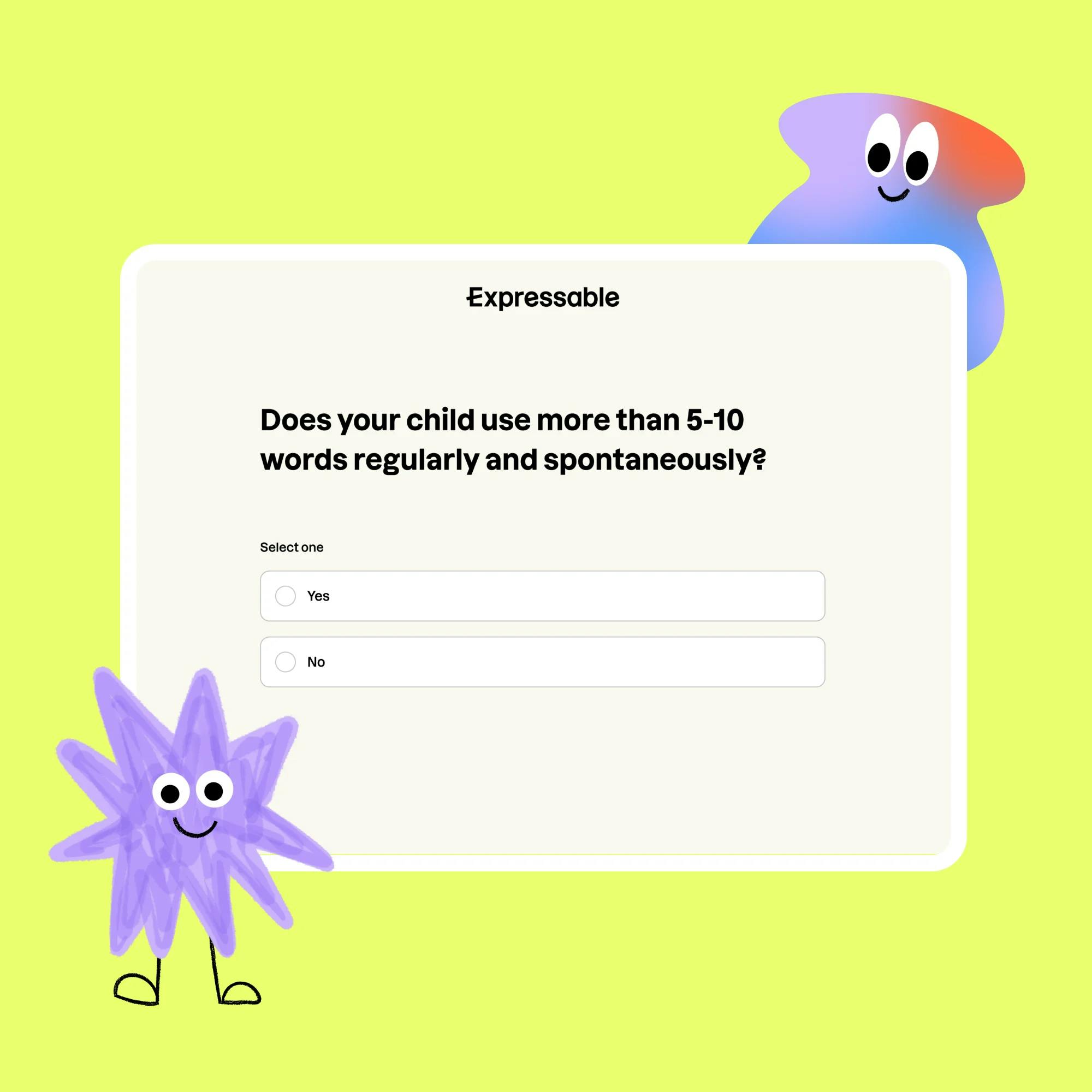How many times have you looked at your baby and wondered what they were thinking?
How often do you wish your baby could communicate their needs--whether they’re hungry, thirsty, tired, or want a toy--without the cries and temper tantrums?
Many parents and caregivers find themselves living with this mystery until their baby is able to use real words.
Here's the good news: You can help your child communicate much sooner, even before they've said their first word!
That’s the idea behind teaching baby sign language! It gives parents a peek inside their baby’s thoughts, and provides a new way to help them communicate what’s on their mind. It can also help cut down on any frustration your child is experiencing.
Research has shown that a baby’s ability to use gestures and signs is one of the stronger predictors of language success, and children that produce more gestures early on will develop larger expressive vocabularies as they age.
Best of all, teaching your baby signs is easy, and many kiddos catch on quickly. Let’s dive in.


What is baby sign language?
Baby signing is a collection of simple gestures that help children communicate their needs nonverbally. These signs are a modification of American Sign Language (ASL), but have been simplified and adapted for use by babies and toddlers. While they are not considered true ASL, and therefore don’t include the rules and grammar of ASL, they are easily performed and can help children articulate their needs before they say their first words.
You can even create your own gestures with the goal of making it easier for your little one to communicate. The goal isn’t to be perfect or become fluent in ASL, but simply to help children better express themselves through gestures while also learning the associated words.
Why do we teach babies signs?
Parenthood is often consumed by trying to figure out what our child needs at any given moment. And no one likes to see a frustrated baby or toddler.
We make educated guesses based on our experiences, but we don’t always get it right. And when less familiar caregivers are involved, like extended family members or daycare staff, it can even be more challenging.
Using common, simple gestures makes it easier for everyone involved to interpret your baby’s desires. It can also increase the bond you have with your child by making you more responsive to their needs. Sign language encourages infant independence as well as their nonverbal communication, and it leads to a happier, less frustrated baby.


Can teaching baby signs cause delayed speech development?
Some parents are hesitant to teach their baby signs because they worry it could delay their speech and language development.
After all, if a baby can express their needs with simple gestures, won’t they be less motivated to learn words?
No. This is a misperception that's not rooted in fact or research. If anything, teaching a baby sign language in conjunction with words helps promote language growth.
Signs aren’t intended to replace verbal language. A child is always learning and developing language. Baby signs simply allow children to easily express themselves when the word might not yet be available.
Teaching a baby sign language in conjunction with words helps promote language growth.
Remember, signs are just one of many forms of nonverbal communication your child already uses to express themselves. Crying, pointing, and babbling are examples as well. This nonverbal communication is incredibly important and helps set the stage for eventual speech production. The more tools a child has to communicate, the less likely they’ll resort to unwanted behaviors.
As children begin to learn and imitate sounds and words, and their verbal vocabulary grows, these gestures typically fade away. What’s important is that you model both gestures and words when introducing baby signs.
The one exception is for children who have been diagnosed with hearing loss or developmental delay and will be relying on American Sign Language to communicate. In these cases, it’s important to speak with your pediatrician about appropriate next steps.


How do I start teaching my baby signs?
It’s important to start with the basics and focus on functional words and needs. It’s probably not necessary for a child to gesture for things they don’t need, such as colors, animals, foods that they aren’t familiar with, or objects they’ve never used. After all, the goal isn’t for your child to become a sign language expert, but to be able to express their basic needs.
So keep it simple. Words like “eat,” “drink,” “more,” “all done,” “open,” “up,” and “down” are all great examples of functional language. You can also create a list of their favorite toys, foods, or drinks. Once you have the basics down, you can build from there.
When teaching your child, start by providing a clear model. Use the accompanying gesture while speaking. You can say “I’m hungry” while rubbing your stomach, or “all done” by clenching your hands.
Here are a few simple steps to follow when teaching sign language to your baby:
1 Show your child the object being referred to
2 Bring the object close to your mouth and name it, helping your child see how you form the word
3 Then make the gesture for the object
You can also reinforce these gestures by using hand-over-hand assistance with your little one, guiding them through the action to make the sign.
When your child successfully signs, make sure to reward them! If they reach their hands into the sky, pick them up out of their high chair. Or if they point to the pantry, grab a snack. This positive reinforcement goes a long way. The more you sign and reward them for their efforts, and the more your child begins to associate signs with their requested items, the more motivated they’ll be to gesture on their own!
When should I start teaching my baby signs?
You can start teaching signs immediately with your newborn. However, most children won’t be able to begin using signs independently until at least 6 months of age.
Don’t forget: You may already be using simple gestures throughout the day. It’s hard to sing “Itsy Bitsy Spider” without doing the gestures, right? The same concept applies to teaching baby signs.
Many of these signs will feel completely natural. In fact, you probably already have a sign for “all done,” which is definitely preferable to throwing food on the floor. And many babies instinctively seem to know how to tell us "no" with a shake of their head!
If your child is already pointing at things, take this opportunity to label what they’re seeing and incorporating a gesture. There are so many language learning moments throughout the day for you and your child to explore!
As always, if you feel like your child’s language is delayed, do not hesitate to consult a speech-language pathologist. They can help identify and treat any possible language delays to help your child become an effective communicator.












